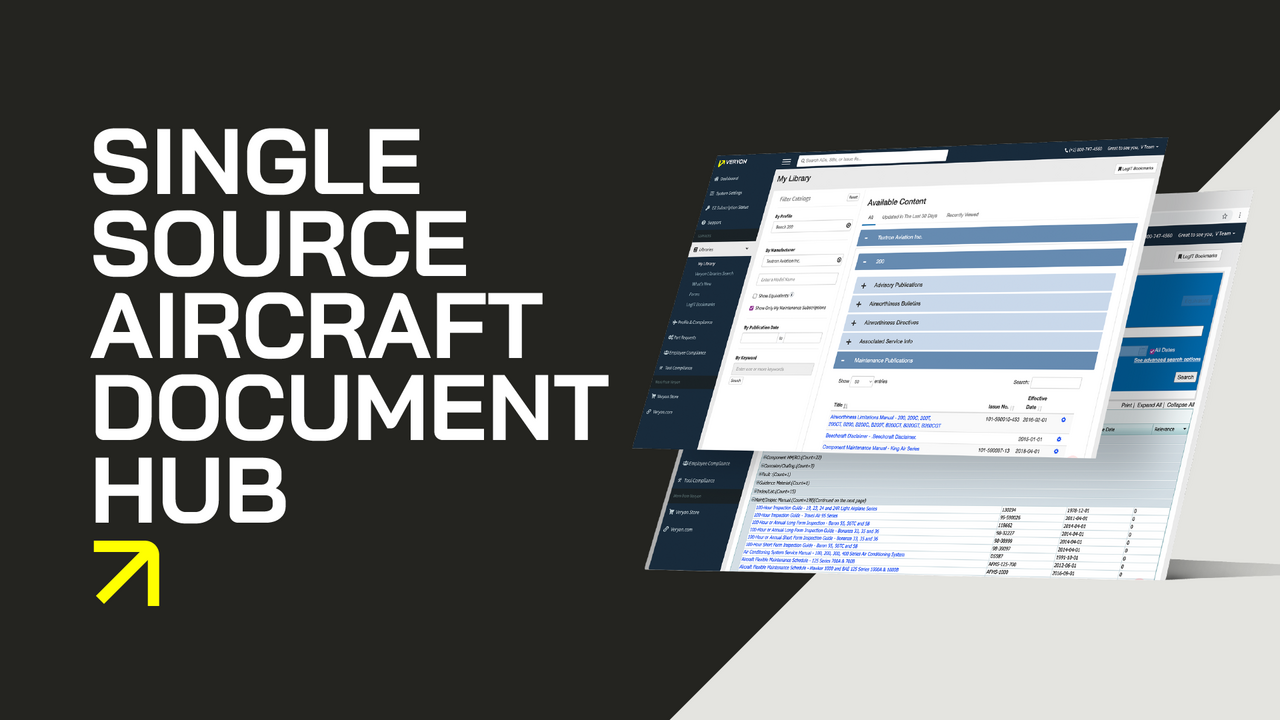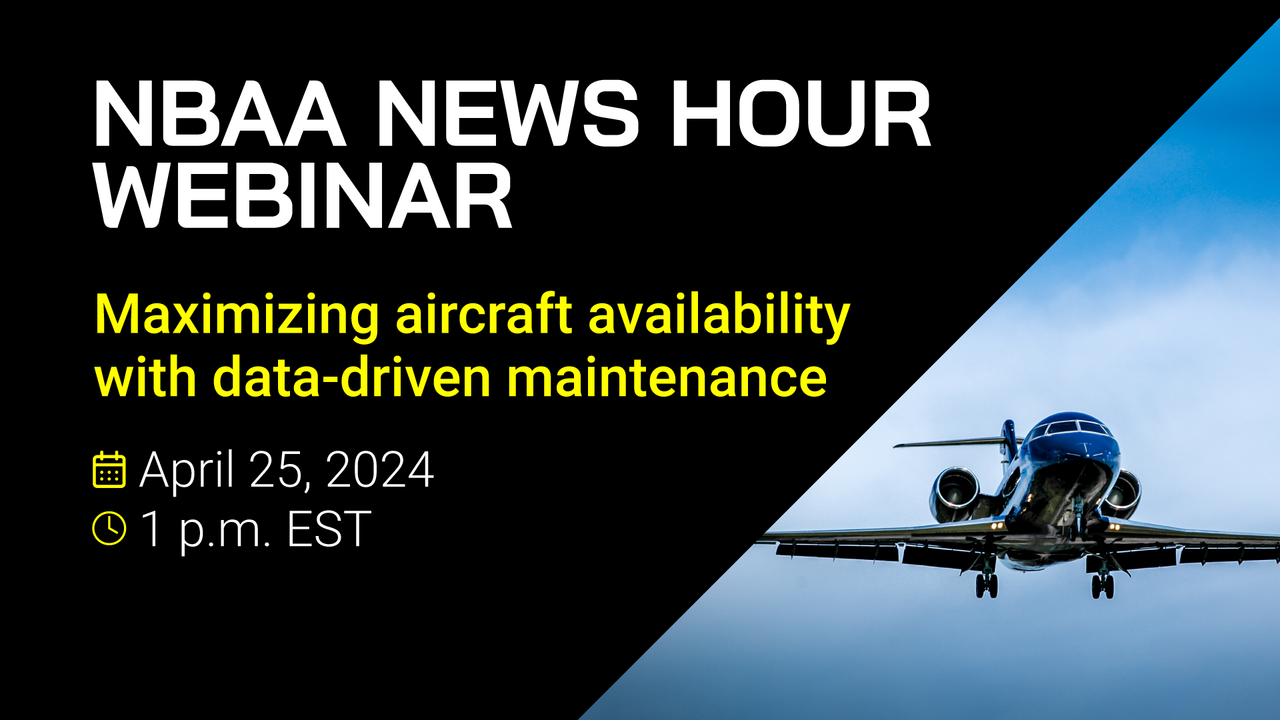
It's no secret that an aircraft is a huge investment, with list prices easily reaching nine digit sums; the A350-900, which celebrates a year in service in January, would set an airline back by a massive $304.8million, or $1.2million a month in lease fees. Thus, every second an aircraft is on the ground with no bums on seats costs an operator big bucks, so minimizing this downtime is of utmost importance.
Of course, there are moments when grounding an aircraft is simply unavoidable; maintenance checks such as the traditional A, B, C, and D checks are required to be undertaken at certain intervals outlined in the manufacturer's maintenance planning documents (MPD), which includes MRB (Maintenance Review Board) requirements, for example.
But what steps can airlines and engineers take to help minimize aircraft downtime while ensuring these precious assets' safe running? Here are just a few ways to reduce downtime and, most importantly, save money.
Utilize data for predictive maintenance
It’s clear that next generation aircraft are all the rage; the A350 has clocked up 782 orders from 40 customers, and the 737MAX and A320neo are the talk of the industry. Aside from being elegant, innovative, and fuel-efficient, today’s aircraft provide airlines with more in-flight data from thousands of onboard sensors and advanced IT systems that can better predict when parts might fail.
By receiving valuable in-flight data from these systems, operators can send messages to ground staff for troubleshooting to help determine what actions should be taken to prevent a part from failing, or if parts need replacing, they can locate them while the aircraft is still flying. The paperless cockpit also opens the door to even more real-time data, as any information logged on a pilot’s EFB (electronic flight bag) about possible faults with an aircraft can be picked up by engineers ahead of landing. This air-to-ground connectivity allows for predictive maintenance, shorter turnaround times, and reduced costs.
Invest in innovative tools and integrated systems
As OEMs advance their product lines the rest of the industry reacts. This is why staying one step ahead of the game and being innovative with investments is essential. Airlines and Maintenance, Repair, and Overhaul (MRO) providers should lead the way with their products and tools to carry out or manage maintenance.
And it was only a matter of time before drone technology entered the hangar. One company setting the trend here is easyJet, as the low cost carrier announced in June that it plans to incorporate drones into its maintenance checks. easyJet’s decision followed a successful trial inspection using Blue Bear and Createc’s RISER automated drone technology, which was able to scan and inspect an aircraft and report back to engineers on areas needing further attention.
Airlines and MROs can benefit from more streamlined processes by using drones in maintenance. Airlines can save money due to a reduction in man-hours, as there is no longer the need to construct scaffolding around the aircraft to allow staff to visually inspect an airframe for damage, thus saving vast amounts of time and money. And, for MROs, investing in such advanced tools can only help to win business.
Another tool that both operators and MROs are coming to swear by is MRO software. Using one platform to manage everything from shop floor data, inventory, quotes and invoices, fleet health, maintenance documentation, and business data has substantial benefits.
Having all of this information available at the click of a button makes way for better internal and external operations. It helps to reduce downtime thanks to more efficiency in the workplace. Moreover, by using MRO software, companies are helping the industry-wide goal of achieving paperless aircraft operations.
Make the most out of downtime
Over the years, longer intervals between maintenance checks have become popular as they can lead to fewer heavy maintenance visits (HMV) during an aircraft’s lifetime. And, as HMVs can take several weeks to complete, the time and money saved thanks to reducing these is quite something.
Another strategy the industry has seen is dividing A- and C-check tasks into smaller work packages, which can be carried out overnight. This is something that easyJet implemented into its maintenance strategy in 2004 when SR Technics introduced an Equalized Maintenance (E-check) concept that promised to cut downtime by 17 days per six-year period.
EasyJet’s fleet being parked up overnight due to noise restrictions made perfect sense for the airline and allowed it to utilize such downtime cost-effectively.
Airlines have also been known to carry out other maintenance work while an aircraft is in the hangar undergoing other repairs. This is a simple but hugely cost-effective strategy that sees a reduction in man-hours and downtime.
Get smart with inventory
While having money tied up in large spares pools used to be far more common, now airlines are freeing themselves of this hefty investment in favor of smaller inventories. As a result, suppliers are offering more comprehensive solutions when it comes to material management.
Of course, there is a downside to not having a spare pool, especially when a significant component, like an engine, must be replaced. In these instances, turn-around times can be lengthy, causing an aircraft to be out of service for a financially damaging amount of time. That’s why systems that manage materials and allow companies to communicate openly with suppliers to locate parts are priceless.
For example, Veryon Tracking+ features an Inventory Management module allowing users to send quotes, process part sales, and invoices, and track all aviation standard spares transactions. It also contains a full suite of stock management tools with information on shelf life while offering other functions for stock ownership and contracted parts.
The smooth running of an airline depends on having a streamlined maintenance process. Hence, accessing inventory and managing all aspects of material and purchase management quickly and efficiently is essential and can significantly minimize downtime.



